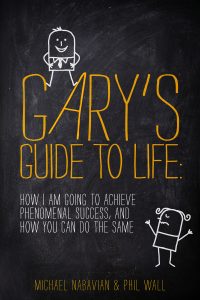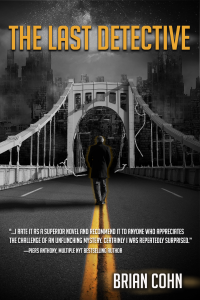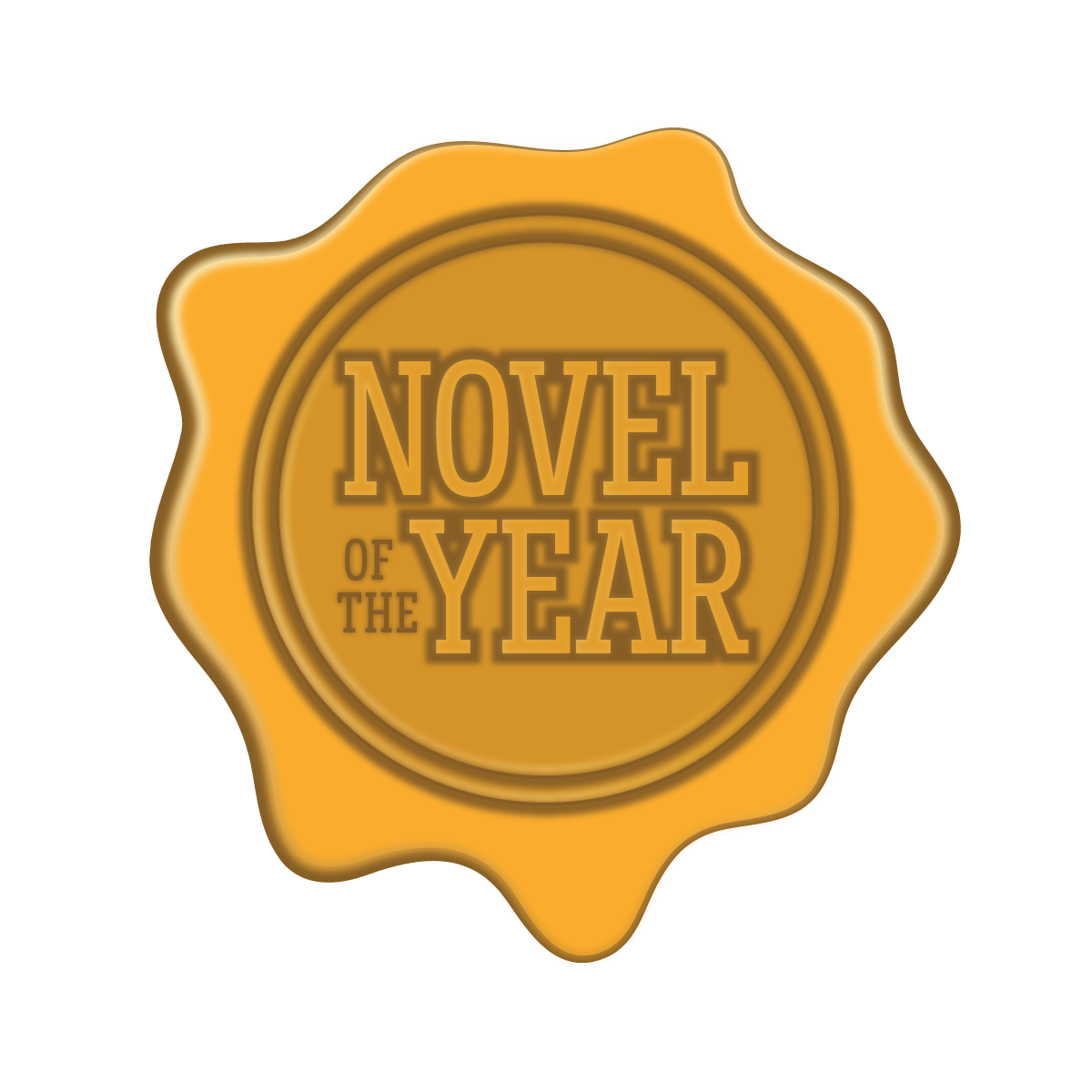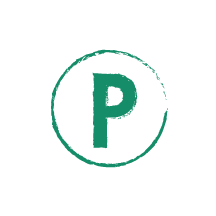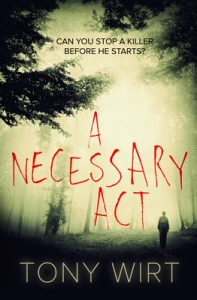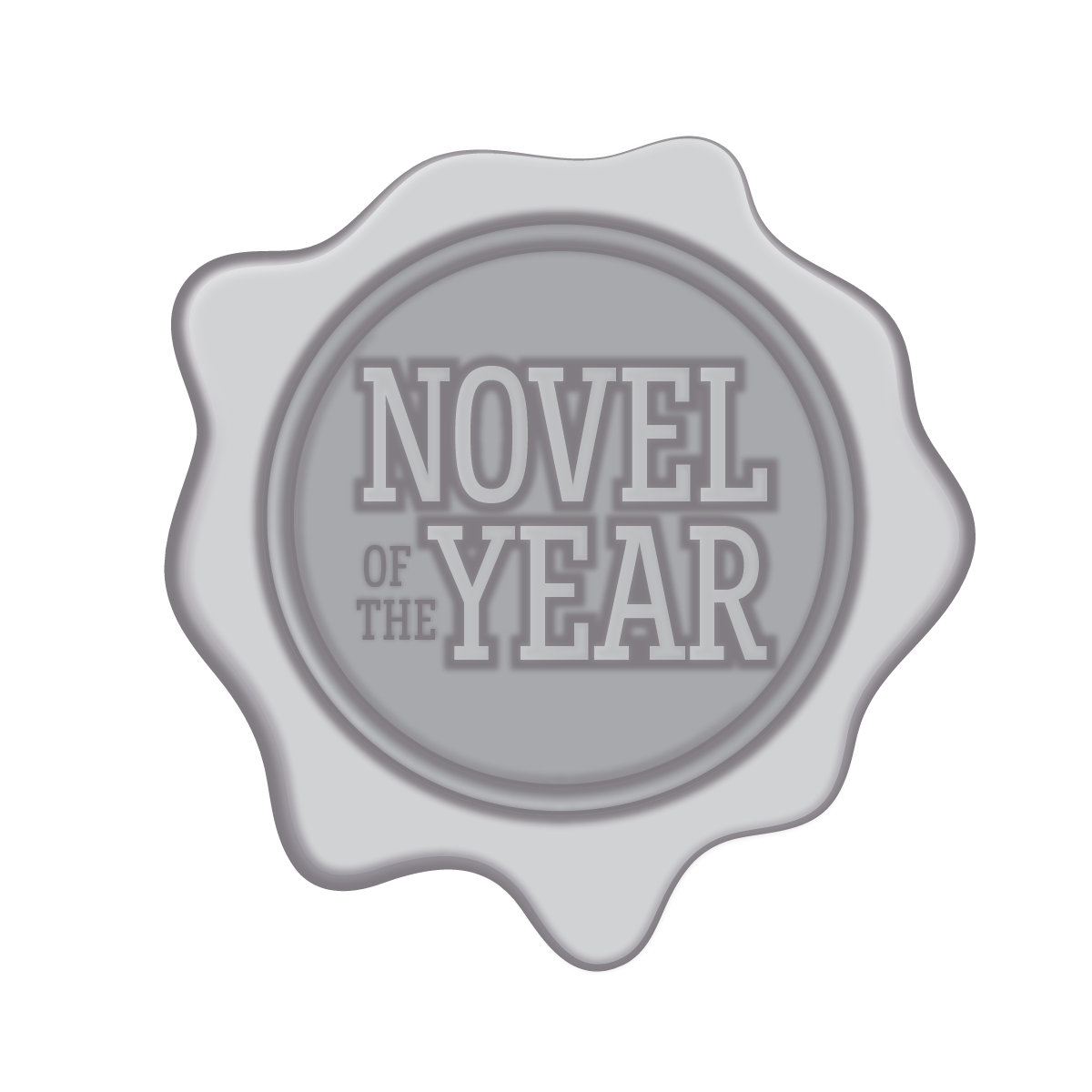The Rundown
The Recommendation
The Rating
The Links
The Reviewer
Renee Miller
Visit Renee Miller‘s website.Sometimes authors get a good run of moderate or at least acceptable success and then… nothing. It stops. Nothing sells. No new reviews. No one talks about your book or books.
What do you do?
Publish another book? Well, you could, but that might not help. You might spend money on an editor and cover designer and get more nothing in return.
This is how business goes, unless you’re lucky enough to hit that sweet spot where you suddenly become that “it” author who everyone can’t get enough of. Boy, I’d love to be in that spot. Anyway, all is not lost. I’ve been there. Many times. It sucks, but it’s not insurmountable. Sales plateau and interest wanes with the seasons. It happens to even the best of us. How you proceed will determine if your writing career continues to flatline, or if it leaps out of its grave and starts running again.
A very important element to successfully marketing books, online anyway, is to stay relevant. How? Social media. Ugh. I know but the ugly truth is, if you’re not on a reader’s radar, they’re not going to care about you or your book. We need at least one person (actually, more than one, but one is a good place to start) to share/tweet/comment/mention either our name or our book at least once a day. Goodness, how do we do that?
Short answer: I don’t have the answer.
I don’t. If I did, I’d be working the day job for shits and giggles and not for the money. I have, however, learned a couple of things that work well for me.
Research
Before you do anything, know your audience. This will require a bit of research. Learn your readers’ wants, their likes, their needs, and then tailor your marketing to these things. This means following hashtags to learn which will work best for you, following/friending influencers who can help you to make the most out of your efforts, and learning about the market you’re about to enter into. If your particular market is saturated with other authors, then find out what they’re doing and try something different so you stand out.
Automated tweets/posts
Thanks to helpful software and apps, like Hootsuite, Hubspot, and Buffer (one I’m currently using that offers both a free service and a premium subscription service), you can prepare and schedule your social media marketing posts and not think about them every single day. Some of these will analyze your posts, reach, etc. to help you get the most bang for your buck out of each tweet/post. Yes, automated stuff can be annoying, but not if you keep yours fresh. Don’t schedule the same shit every day. Don’t post them every hour. I like how Buffer won’t let you post the same thing repeatedly. It forces you to switch it up a little bit, so I’m not annoying anyone with the same shit day after day. Once these automated “buy my book” things are in place, you’ll have time to interact online, and maybe even do some writing.
Hashtags
I’m still learning how to use hashtags, and I advise all of you to do the same, even if you hate them. They’re annoying, I know, but on some social media channels, such as Twitter, Instagram and Facebook (although their effectiveness here is debatable in my opinion), they can help you target a specific audience, which is extremely helpful in book marketing.
For those who aren’t social media savvy just yet, hashtags are those little things you see with the # sign in front of them. For example, #books, #amwriting, etc.
Some useful established hashtags I found for book marketing:
#Books
#MustRead
#GreatReads
#BookWorm
#WriterWednesday
#99cents
#FridayReads
#AmWriting
#AmReading
#SupportIndieAuthors
All of the genres of fiction relevant to your books. i.e. #Crime, #horror, #erotica #fantasy, # SciFi, #fiction, #shortstory
#Amazon
#Kindle, #Kobo, #Nook, #Smashwords, etc.
#IndiePub
#Publishing
Of course, there are literally hundreds more, and some of these may not be relevant to you. To access the most readers (also the most likely to be interested in your books), you should find the most relevant and widely followed hashtags for your book/brand. No, I haven’t cracked the code on all of that yet, but I’m getting there. Instagram is pretty handy because it’ll tell you how many folks are using a particular hashtag, so you’ll know your potential reach before you post. That’s nice.
Now, as for new hashtags you make up yourself, these are tough. They’re new, so no one is following them, but they can become established eventually, and they’re useful in other ways. For example, when I launched Eat the Rich a few weeks ago, I joined Deadman’s Tome for a special podcast. We were giving away books, so we had some trivia and games going on social media. To avoid the answers to said trivia getting lost in the ether, I needed a way to track every listener/follower’s posts, so I created the hashtag #EattheRichBook. I chose this one because NO ONE else was using it. The only posts I’d see when I follow this hashtag would be relevant to the podcast and the book launch. This is good. Using hashtags that serve no purpose, other than to clutter your post, doesn’t help your reach, nor does it please those reading it. No one likes seeing a post/tweet that is 90% hashtags. Stop that.
Use Lists
I know, it’s annoying to take the time to make lists of social media followers on sites like Twitter, but they can be so useful. I’m going to be honest, I haven’t done this in ages. Actually, I deleted my lists with the intention of compiling more accurate and up to date lists, but time has not been on my side lately. I will do it, though, because these lists help me filter content. I can tag relevant people in a particular post and find posts from people useful to my marketing efforts (such as publishers, reviewers, etc.).
Be Creative
People are used to seeing book covers all over social media, so it’s important to be creative in how you get your cover out to readers. Not all of us are good at photo editing. This is where sites like Canva and PicMonkey can be handy. Both have free versions as well as subscription services. I pay for a basic version of both. What I love about these sites is that they resize images for a variety of social media channels in a single click, and then let you add extras. You don’t require special skills at all, because they do the work for you. They have pre-made templates as well, so if you don’t have an eye for graphics or artistic embellishments, you can use one that’s already made. Using these images combined with reviewer quotes or excerpts from your book, instead of the same cover image over and over again, makes it more interesting to potential readers.
Yes, it’s time consuming, but everything about this business is time consuming, so suck it up and give it a shot.
Use Calls to Action
What? I know. This is one I struggle with, because it feels… I don’t know. Calls to action encourage the reader to do something, be it replying to your post/tweet or clicking a link. Things like “Buy now” and “sign up today” are calls to action used by sites like Amazon to encourage users to purchase their wares, but how do we do this on social media? We all know how often we just scroll past book marketing posts without clicking, so deciding which call to action to use is tricky. It’s all in the wording. Keep it simple. Keep it clear. Make it enticing. Don’t be shady, though. Tell the reader EXACTLY what you want them to do and (if necessary) how to do it. Here are a few I find effective:
Read/Buy it today! (Yes, it really does work)
Click the link for a free sample of (book title goes here)
Read the FREE ebook now!
Leave a comment!
Retweet/Share with your friends!
If you’re struggling to find the words for your call to action, then you’re doing it wrong. If you want people to buy your book, tell them that. If you want them to share a link, say so. If you’re looking for feedback or likes, ask for it. Calls to action don’t have to be sneaky. Readers want to know what you want. Tell them.
Slow Down
Too much of anything is annoying and spammy, and on sites like Facebook, so very ineffective. The algorithms on Facebook are like a damn puzzle inside a puzzle inside another puzzle that was set on fire, so trying to outsmart them is pretty hard. However, some authors/publishers have done it. I am not one of those authors, so… moving on.
One thing I’ve noticed is that less is more when it comes to these algorithms. Keep your markety stuff to a minimum, and make the most out of each post instead of posting multiple links every day. (I’m still guilty of this sometimes, but I’m working on it.) By that I mean, share one or two “buy my book” post that include all the little tricks necessary to reach your audience (like hashtags and calls to action) rather than five or ten on any given day. The more links you share, the shorter your reach seems to get. Interact and share instead, or maybe introduce your readers to other authors you enjoy, which helps broaden your audience.
Also, your followers won’t get sick of you.
Finally, have some fun with it. For many of us, marketing is boring and/or painful, so find a way to entertain yourself (and possibly your readers) while doing it. There’s no single “right” way for everyone, so play around until you find what works for you. Speaking of that, if anyone has a tip for the rest of us, please share in the comments. We love learning new things. (Did you see the call to action in there? Yeah, I know you did.)


